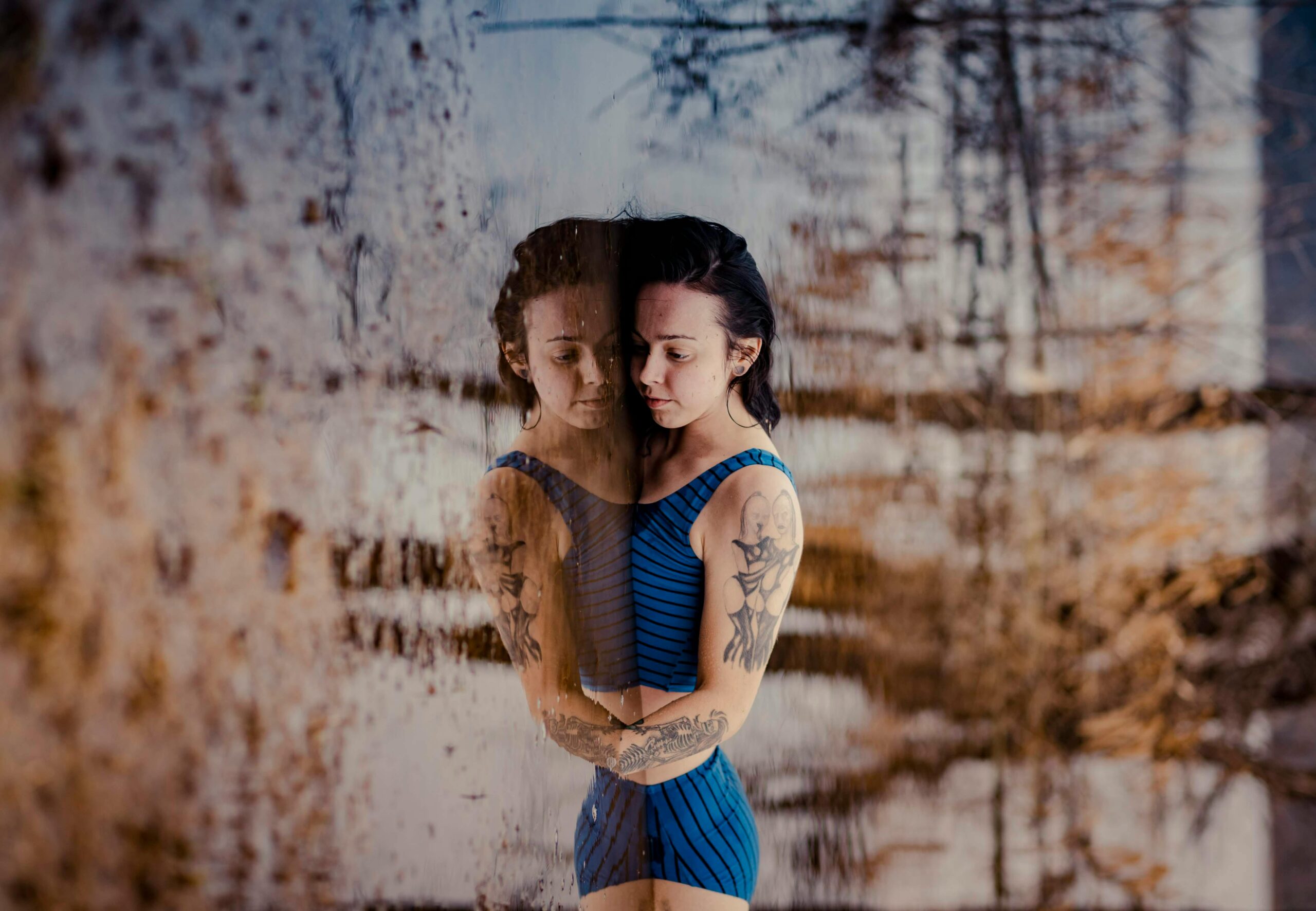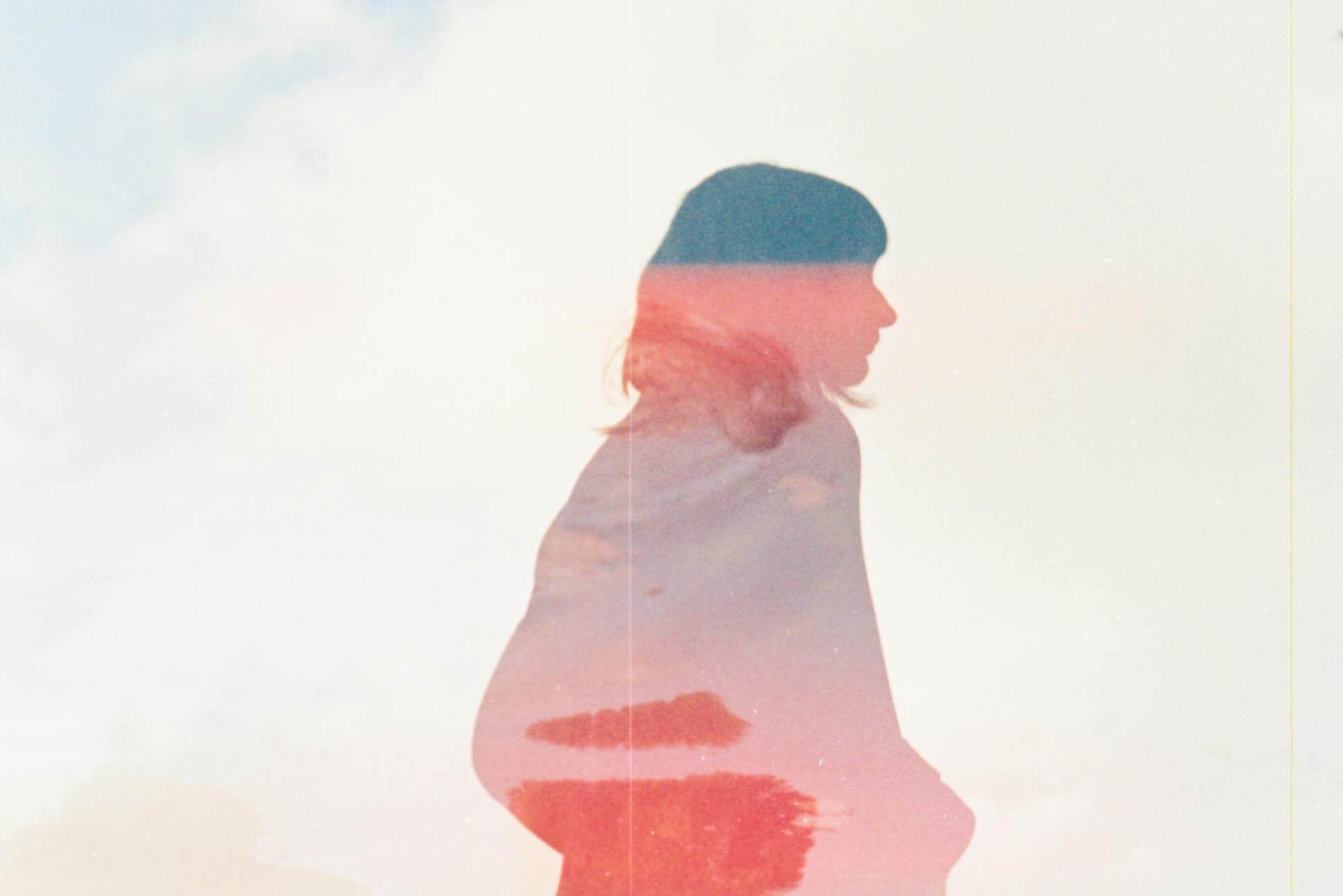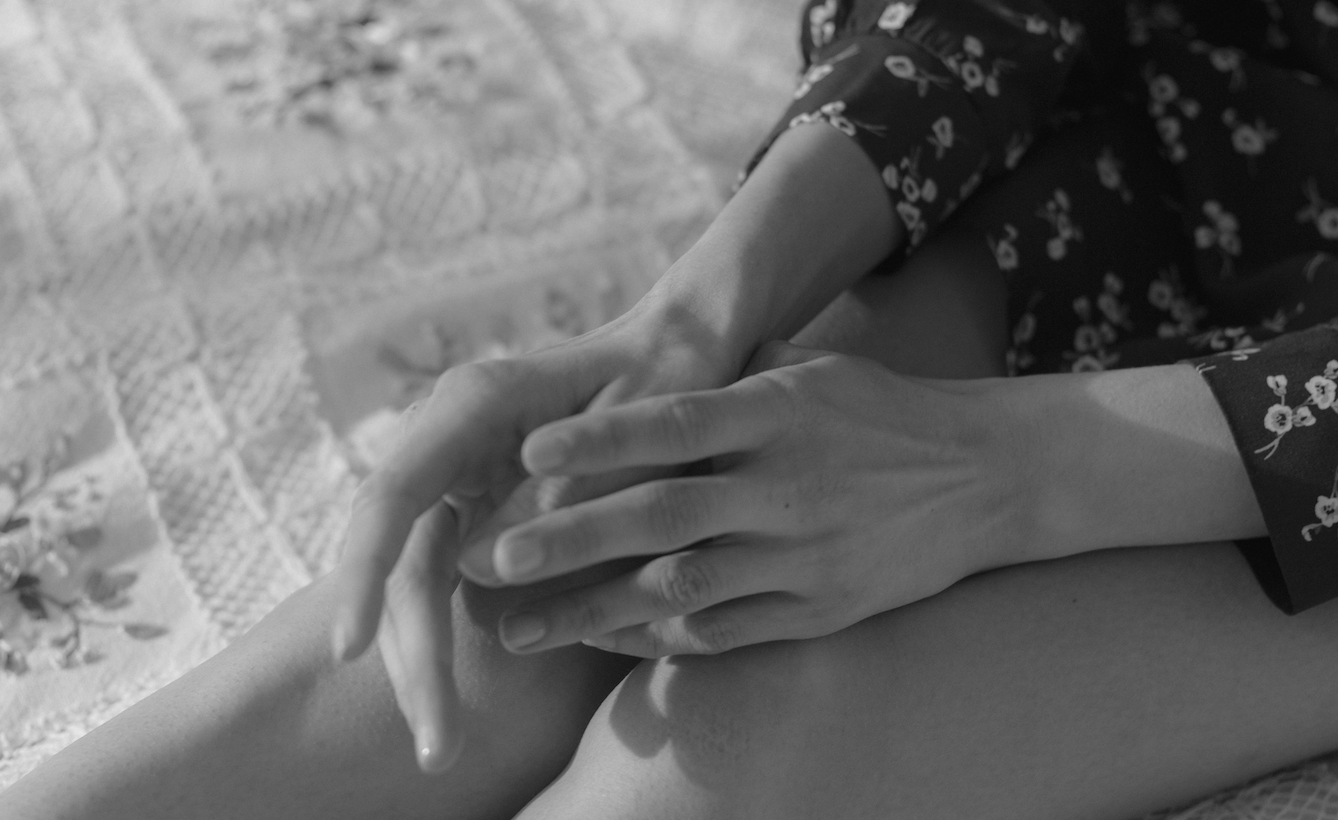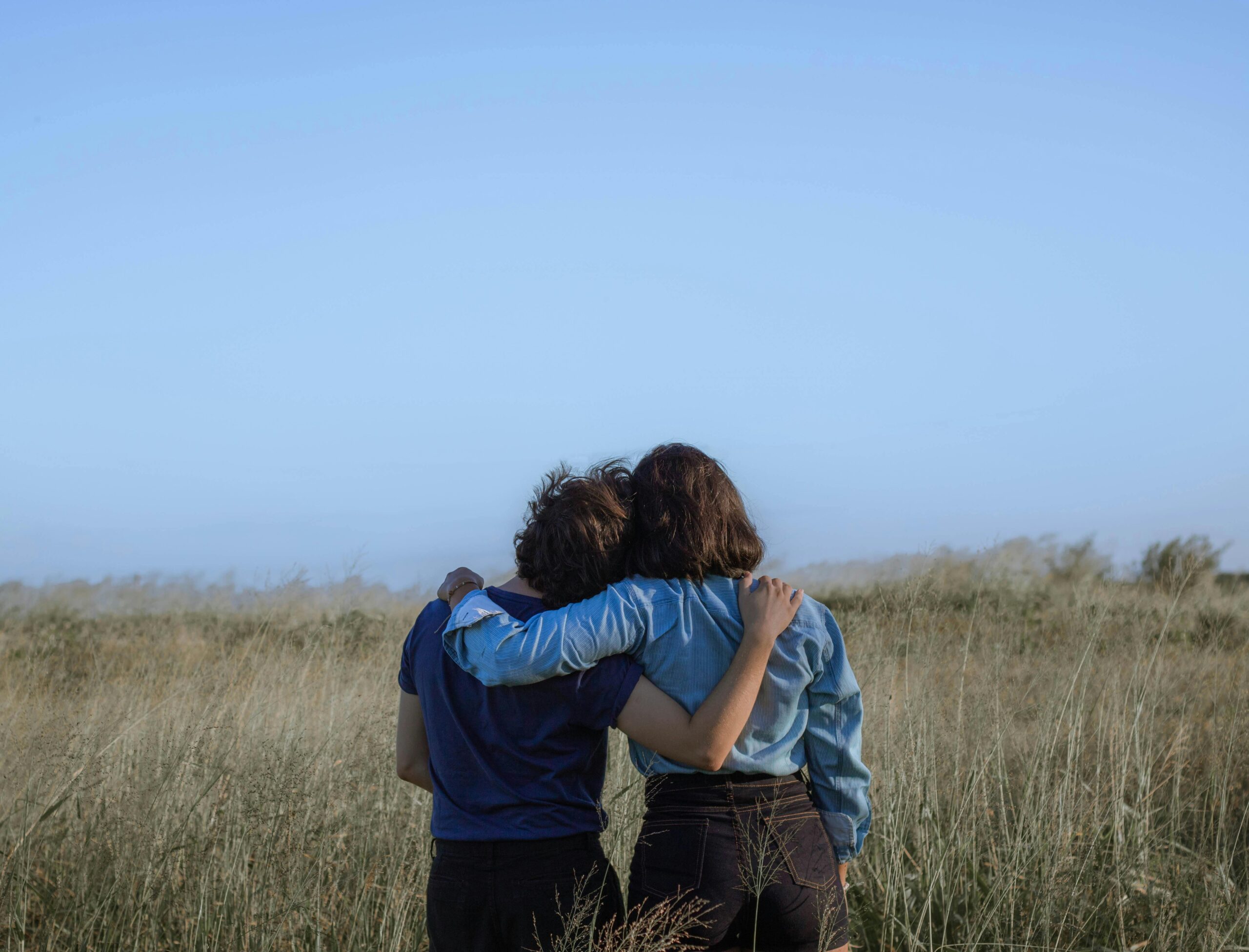
By Christine Gallagher Kearney
Five years ago, when I first set out to write my debut novel, “What We Leave Behind,” inspired by Ursula, my mother’s birth mother, I didn’t expect my mom to gain a new understanding about her own past.
“Why did she give me up?” Mom asked early in the research process for the book.
My mom is not unusual; in fact, research shows adoptees experience deep feelings of abandonment, even if their adoptive families are loving. I don’t remember when my mom first told me she was adopted. What I do remember from my childhood is her curiosity about her past.
Culture writer Anne Helen Petersen recently interviewed Angela Tucker, the author of “You Should Be Grateful.” They spoke about adoptee centrism and Tucker’s Adoptee Manifesto. When I read the manifesto, this sentence stood out to me: “Curiosity about our roots is innate.”
For me and my mom, this line expanded to: curiosity about our roots is multi-generational.
As it turned out, creating the 1940-50s setting in my novel required me to undergo extensive research. My mom worked alongside me, digging into various archives in Minnesota, sending newspaper articles from the time period, and asking interesting questions as we wondered about Ursula’s life.
While we researched together, my mom petitioned the court in Minnesota for her original birth certificate because it had been sealed, available only to the adoption agency and state officials. First, she had to obtain Ursula’s death certificate, which was a drawn-out bureaucratic process, then she had to petition the court. A lawyer went before the court on her behalf.
According to Adoptees United, a nonprofit advocacy organization for adoptees, “In all but ten U.S. states adopted persons must obtain a court order, use ineffective and outdated registry systems, or are subject to parental control, removal or erasure of identity information, or encounter other discriminatory provisions that restrict the right to obtain the adoptee’s own vital record.”
When she received her original birth certificate, the results surprised us both. A big ‘NO’ screams from box no. 24 “Legitimate” where the respondent was required to mark ‘yes or no’ on the document. “According to the certificate, I was an illegitimate child,” Mom told me. I recoiled from the news; nothing could ever make my mom illegitimate to me.
Angela Tucker writes about how, when adoption becomes the hero, birth parents become the villain. The hero-villain notion is reinforced when adoptees’ access to their vital records are withheld. For my mom, unsealing her original birth certificate undid part of that false narrative, and gave her access to information about her life that was previously inaccessible to her.
Furthermore, in fictionalizing Ursula’s story for my novel, I created a space for my mom to observe her mother during a deeply traumatic period of her life–the moment when she decided she didn’t have enough support and resources to raise a child in the early 1960s as a widowed woman with a disability. My mom told me she never fully considered Ursula’s experience being pregnant, even though she carried and gave birth to four children of her own.
I also believe in writing “What We Leave Behind,” Ursula was rendered whole, the villain label unmasked and then removed. She came alive on the page, and it helped me know my grandmother all over again, well after her death in 1998. My mom confirmed her own healing when she said recently: “I never would have thought too much more about the whole adoption process if it hadn’t been for you [writing the book].”
Examining our family story gave us generational healing because we dug in and wondered, which led us to a more complex awareness of the life lived before us. We approached the work from a place of understanding, and with curiosity and courage, we examined difficult circumstances in a way that expanded our knowledge of Ursula.
Now, thanks to this work, my mother never has to ask again: “Why did Ursula give me up?”


Christine Gallagher Kearney is a Midwest Review “Great Midwest Writing Contest” finalist, and a semi-finalist for Chestnut Review’s “Stubborn Artists Contest.” In 2022, she was accepted to StoryStudio Chicago’s StoryBoard fiction workshop led by Ingrid Rojas Contreras. She has published in Wild Roof Journal, Driftless Magazine, ForbesWoman, Fortune, and Cara Magazine and is a former food columnist for the Irish American News. Christine graduated with her bachelor’s degrees in International Relations and Spanish from Mount Holyoke College, later earning her master’s degree in Organizational and Multicultural Communication through DePaul University. She has a career in the corporate world and writes in her off hours. “What We Leave Behind” is her debut novel (She Writes Press; July 2023). To learn more about her work, visit: www.christinegallagherkearney.com
















